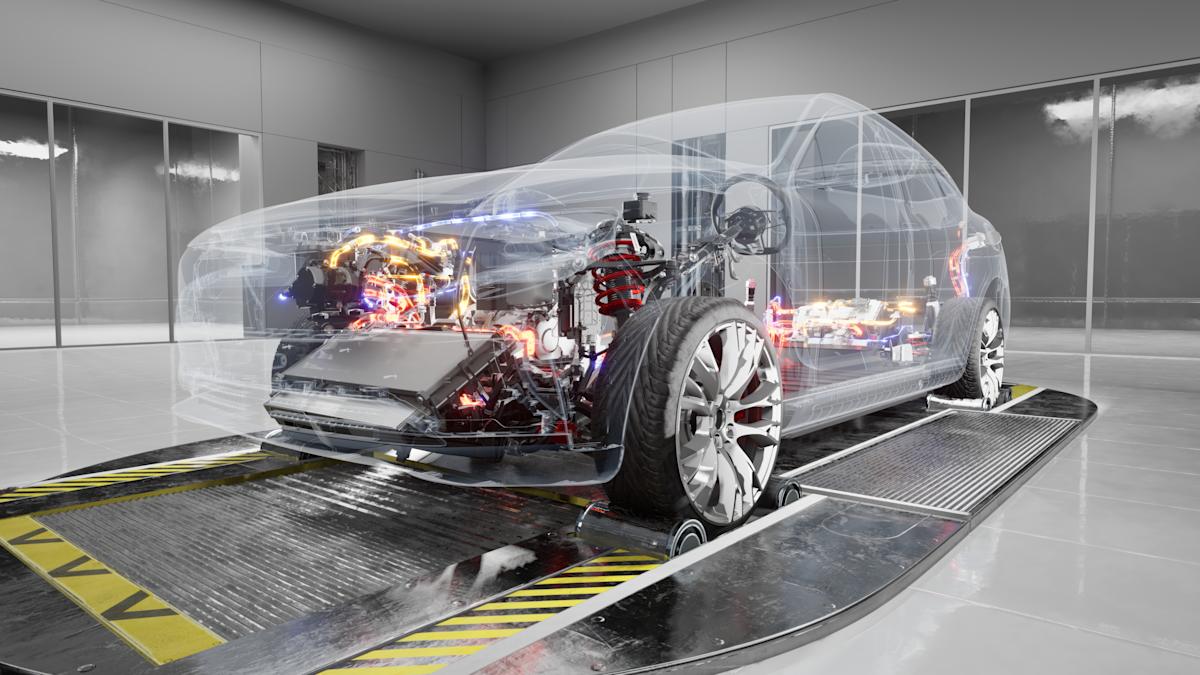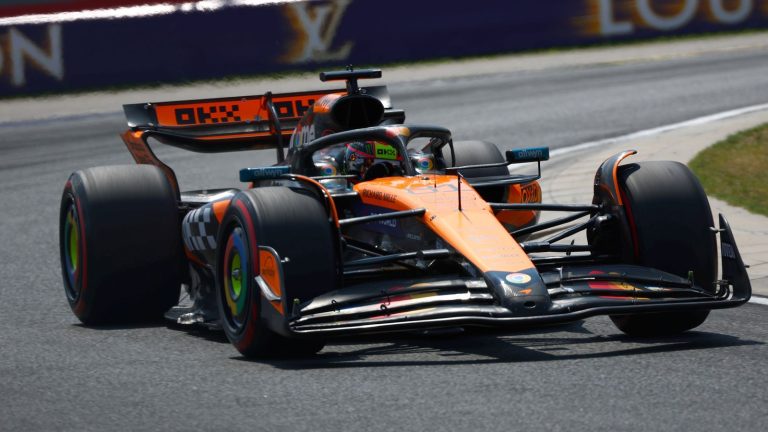Many factors can impact car insurance rates, such as being married versus single, ZIP code, credit score, a DUI, causing accidents, being designated as a “risky driver,” gender, and driving an electric vehicle.
The make and model of your vehicle can also make a big difference in how much you’ll pay for auto insurance.
This embedded content is not available in your region.
First, let’s go over a few definitions.
-
Make: Refers to the company that made the car, like Ford, Nissan, and Toyota.
-
Model: Refers to the specific name given to the car version, like Ford Mustang, Nissan Altima, and Toyota Camry.
-
Class: Refers to the type of vehicle, like a compact car, SUV, or truck.
-
Trim: Refers to the kind of configuration of a particular model — often represented by letters, numbers, or words after the model name, like LX or Sport. Different trims have different features.
-
Model year: Refers to the production year of the vehicle, such as a 2017 Lexus RX-350. The model year might not be the same as the year you buy the car.
Learn more: What is a car insurance premium, and how is it calculated?
Several factors influence how much your make and model will raise your car insurance costs.
“The purchase price of your vehicle is a major factor in the cost to insure it,” said Mark Friedlander, a spokesperson for the Insurance Information Institute. “Other variables include the likelihood of theft, the cost of repairs, its engine size, and the overall safety record of the car. Automobiles with high-quality safety equipment might qualify for premium discounts.”
The opposite is also true. Cheaper cars have a lower actual cash value and lower premiums for comprehensive insurance and collision insurance.
Previous claims for a vehicle model make a big impact on what you’ll pay for auto insurance. Vehicle repair costs, medical-related claims, and the frequency of claims will all factor into insurers’ rate calculations.
The Insurance Institute for Highway Safety (IIHS) has a searchable page with data covering many makes and models that compares losses in several categories, which can help you see the possible relative cost of insuring a vehicle. If you’re car shopping, it’s smart to call your insurance agent to get accurate quotes for the models you’re looking at.
The IIHS said size really matters as far as insurance rates are concerned. Larger models of vehicles often cost more to buy and will cost more to repair or replace if they are damaged. They’re also heavier and will often do more damage if they hit something, which means higher liability insurance payouts.
However, people in bigger and heavier vehicles often have fewer injuries if they are in an accident.
Since insurers use past claims for a vehicle model in rate calculations, the typical type of driver for your vehicle can affect what you pay. For example, minivans are often driven by safe drivers ferrying families, which can keep rates relatively low. By contrast, sports cars attract drivers who want to go fast, leading to crash claims and high insurance rates.
Bells and whistles
When buying a new vehicle, you can often select a trim level. Based on what you choose, a car might have a sunroof, an infotainment system, a navigation system, parking assistance, and other features. Friedlander said most vehicles have at least five different trim levels.
But having these bells and whistles can mean a higher insurance rate. For example, you might think that sophisticated driver assistance features like lane departure warnings would lead to fewer accidents and lower rates. But ironically, advanced technology features often lead to higher rates because of the expense to repair.
Even a minor car accident can cause thousands of dollars of damage to the external cameras and sensors that underpin these safety systems.
“A vehicle loaded with Advanced Driver Assistance System technology, such as back-up cameras, lane departure warnings, and emergency braking systems, improves driver safety but also comes with a price,” said Friedlander. “Technologically advanced systems are expensive to repair or replace, leading to higher premiums on average.”
If a particular vehicle is often the target of thieves, it can be more expensive to insure if you’re buying comprehensive insurance, which covers theft claims.
For example, according to the IIHS, thieves targeted certain Kia and Hyundai models in the mid-2020s because the vehicles lacked electronic immobilizers, making them easy to steal. Pickups had topped the theft list in previous years.
Minivans and station wagons are not often the target of thieves. But large two-door and four-door cars are stolen much more often than the national average, based on 2021 to 2023 model years (the latest data available).
“High theft rates of your make and model could lead to more expensive comprehensive coverage, but should not impact the other types of coverage on your auto insurance policy, such as collision and state-mandated liability,” Friedlander said.
While make and model are important components of auto insurance rate calculations, many other factors will play a role in what you pay.
“It’s important to remember that auto insurers use more than a dozen individual rating factors to determine the premiums for each driver,” Friedlander said. “Beyond the make and model, other common factors include your motor vehicle record, credit history, age, gender, claims history, and the coverages, policy limits and deductibles you choose for your policy.”
Amy Danise and Tim Manni edited this article.







